In a significant move aimed at boosting infrastructure development, the Haryana government recently approved a proposal to raise External Development Charges (EDC) for real estate projects in the state. Starting from January 1, 2025, the state will increase EDC by 20%, with a further 10% annual hike every subsequent year. This decision is expected to have a profound impact on the state's real estate market, potentially raising costs for developers and homebuyers alike, while offering a potential boost to infrastructure development funded by the increased EDC collections.
What is External Development Charge (EDC)?
External Development Charges (EDC) are fees collected from real estate developers to fund the creation and maintenance of external infrastructure facilities that lie outside the boundaries of individual projects. These facilities include essential infrastructure such as roads, sewage and water supply lines, drainage systems, electrical networks, and street lighting. EDC is typically calculated based on the potential growth of a particular locality, whether residential, commercial, industrial, or mixed-use.
In Haryana, these charges are assessed and managed by the Department of Town and Country Planning (DTCP), which determines rates based on various factors, including the area's development potential. The EDC rates were last revised in 2015, and the new policy aims to bring them in line with current development and inflation rates.
New EDC Policy
The government’s decision to hike EDC by 20% for 2025 and 10% each year thereafter will have a profound financial impact on developers and homebuyers, particularly in areas like Gurugram, where real estate activity is at its peak. The increase, while seen as a means to improve infrastructure, will inevitably lead to higher project costs, which may subsequently be passed on to property buyers.
According to the government spokesperson, this policy will come into effect from January 1, 2025, with the annual increase being implemented every year starting from that date. The EDC is designed to ensure that developers contribute fairly to the development and maintenance of infrastructure that supports growing urban areas.
The fee varies from zone to zone, with more urbanized or commercially viable areas incurring higher charges. The main aim of the hike is to fund critical infrastructure projects that will, in the long run, enhance the overall urban landscape and attract further investments into the state.
Implications for Developers and Homebuyers
While the increase in EDC might support the construction of much-needed infrastructure, it will undoubtedly have several consequences for the real estate sector. Real estate experts and developers have expressed concern over the financial burden that this hike will impose on the industry.
1. Increased Costs for Developers
For developers, the 20% rise in EDC in 2025 and the subsequent 10% annual increase will raise the overall cost of construction significantly. Currently, EDC accounts for 7-8% of the total cost of a project in areas like Gurugram. The increase could make it unfeasible for some developers to proceed with new projects, especially those working on a tight margin or in less commercially viable areas.
Parveen Jain, President of NAREDCO Haryana, noted that this increase would make real estate development more expensive, further driving up the cost of properties in already high-priced markets like Gurugram. With many developers still reeling from the economic fallout of previous hikes in charges, the introduction of a 10% annual increase could exacerbate the financial pressures on the sector.
2. Potential for Higher Property Prices
For homebuyers, the hike in EDC charges is likely to translate into higher property prices. Developers are expected to pass on the additional cost to buyers, making housing even less affordable. With interest rates already at elevated levels and property prices soaring, this increase could dampen demand in the real estate market.
Vinod Behl, a real estate expert based in Gurugram, commented on how these increasing charges could further exacerbate the affordability crisis. He noted that higher interest rates, coupled with the soaring prices of property, could trigger a slowdown in the market by 2025, further cooling down the already sluggish real estate sector.
3. Impact on Ongoing Projects
For developers with ongoing projects, the immediate impact of the new EDC rates will vary depending on the stage of development. Projects that are already in the pipeline may not be affected by the increase in 2025, but future developments will likely see the increased charges incorporated into their overall costs.
The hike may also lead developers to reconsider launching new projects in regions where the cost of infrastructure development has become prohibitive. Given the sharp increase in EDC charges, it remains to be seen how many developers will continue to pursue new ventures in the state.
The Government's Perspective
The Haryana government's decision to increase EDC is driven by the need for better urban infrastructure to support the state’s rapid growth. The funds raised from EDC will help in building essential infrastructure projects that benefit not only the new real estate developments but also the surrounding areas and the overall urban community.
The spokesperson further elaborated that the state's last revision of EDC rates occurred in 2015. Since then, no further adjustments had been made, and infrastructure development had not kept pace with the growing demand. The new charges are intended to bridge this gap and ensure that the required infrastructure is in place for current and future urban development.
Moreover, the Haryana government has recognized the need for a more robust approach to EDC in the future. To this end, the state cabinet has approved the engagement of a consultant to evaluate and set the base EDC rates for future revisions, ensuring a fair and consistent framework for the calculation of these charges.
Moving Forward: Challenges and Opportunities
Despite the clear benefits of enhanced infrastructure, the decision to raise EDC by such a significant margin will likely face resistance from developers and industry stakeholders. There are concerns about the long-term viability of this policy, particularly regarding its impact on the affordability of housing.
Moreover, as the state works to address the increasing demand for smart infrastructure, especially in cities like Gurugram and Faridabad, it will need to ensure that the charges collected are spent effectively on essential infrastructure projects. The successful implementation of the new EDC policy will depend on the government's ability to deliver on its promises of improved infrastructure and efficient fund management.

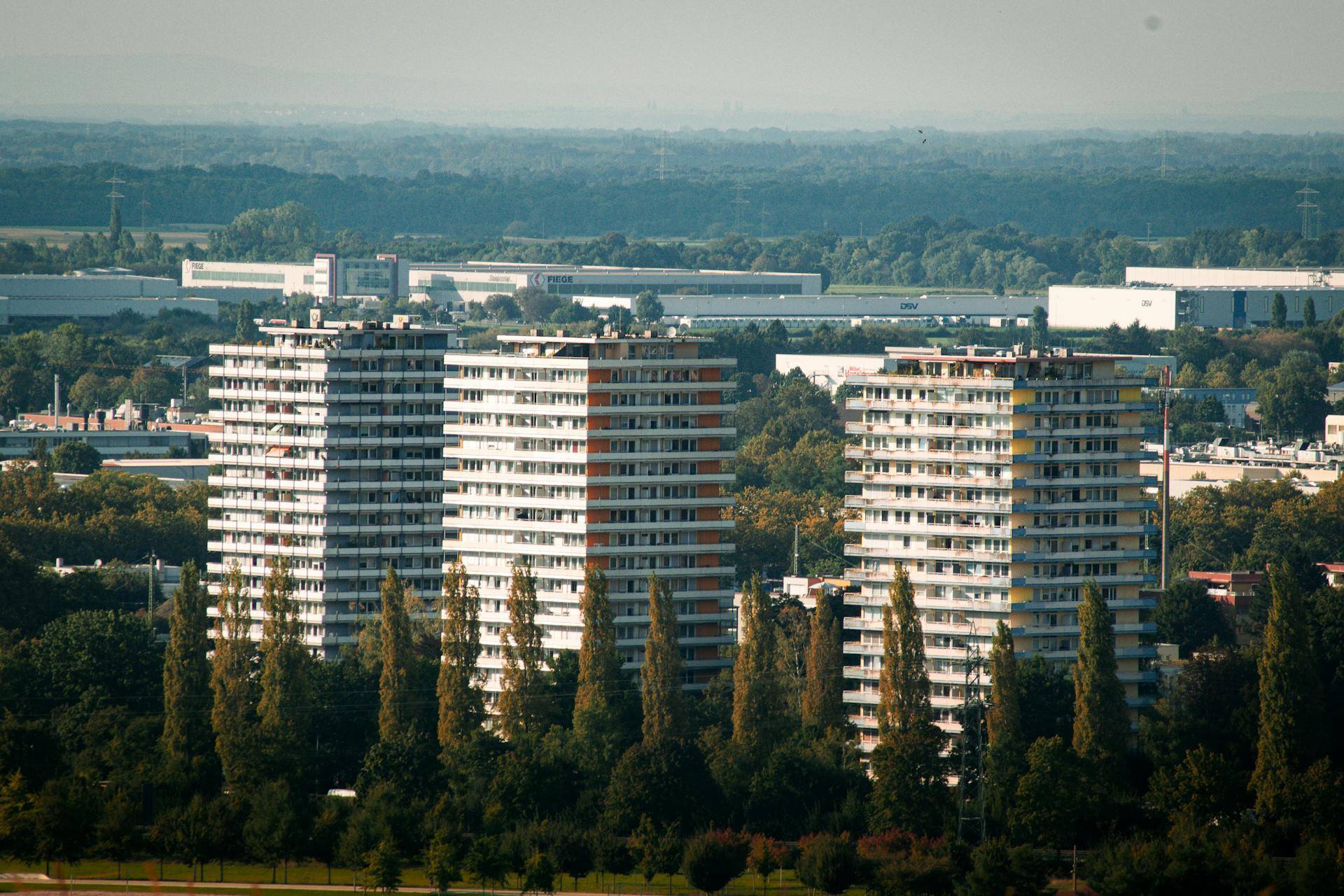
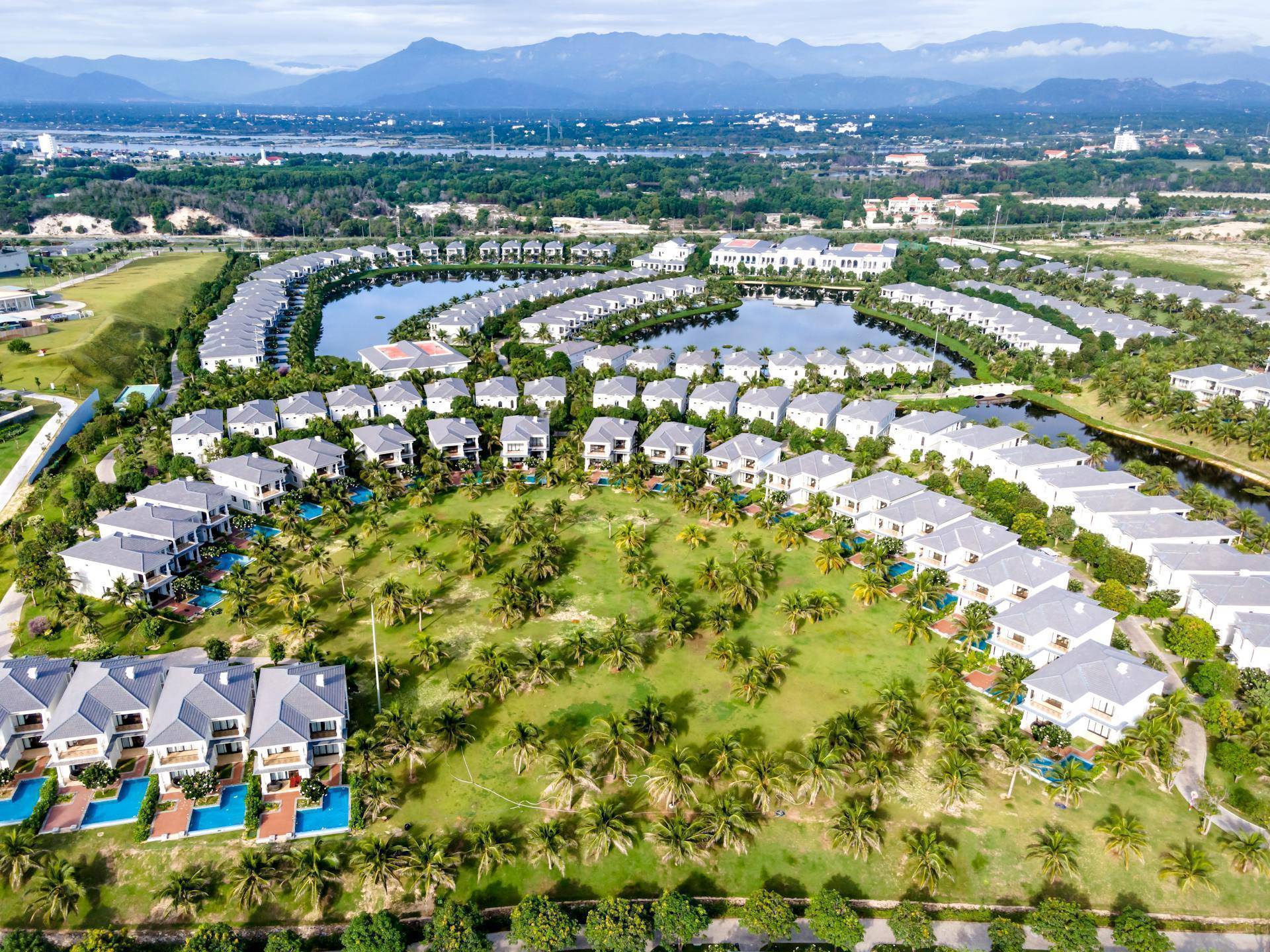
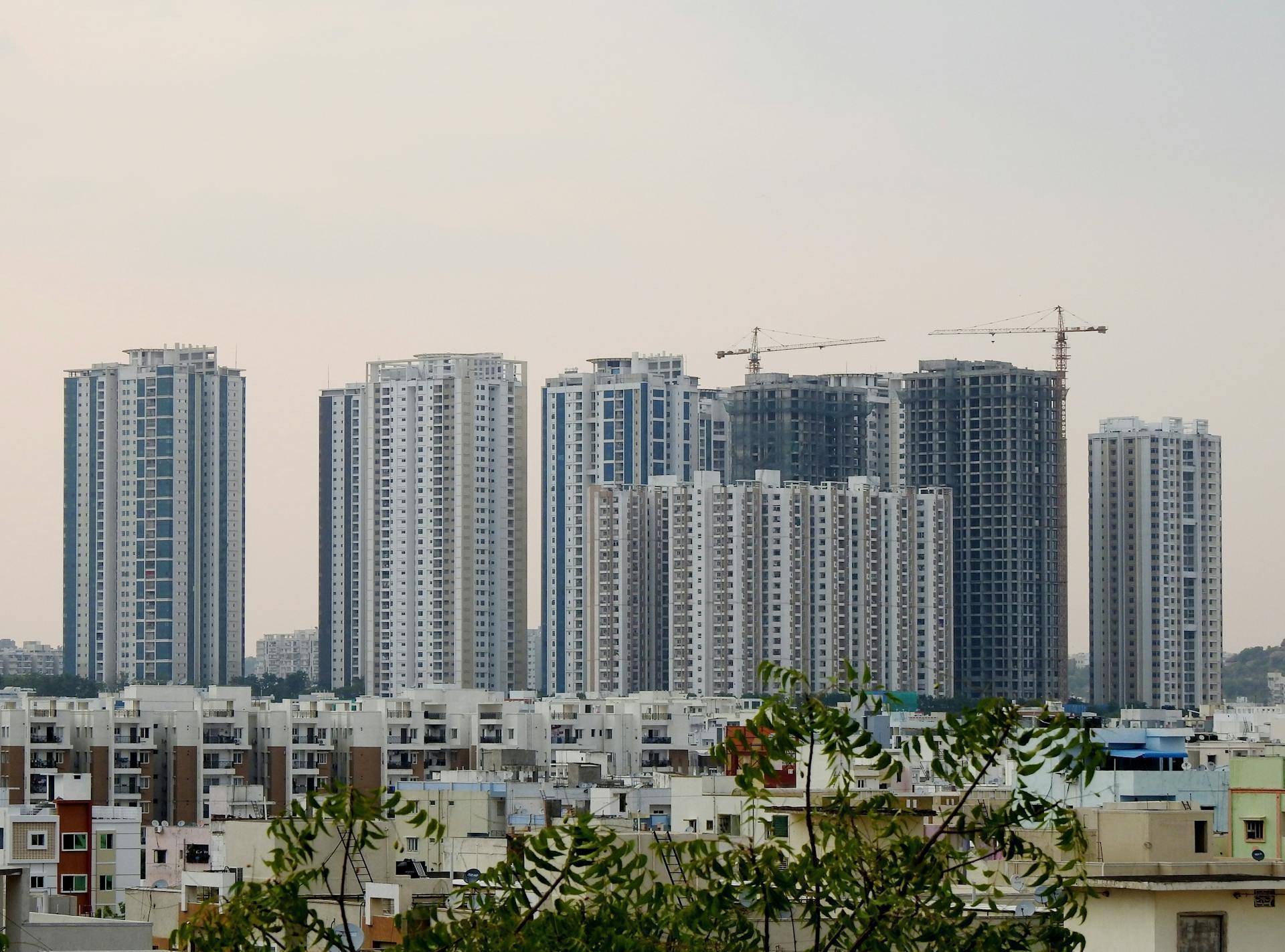
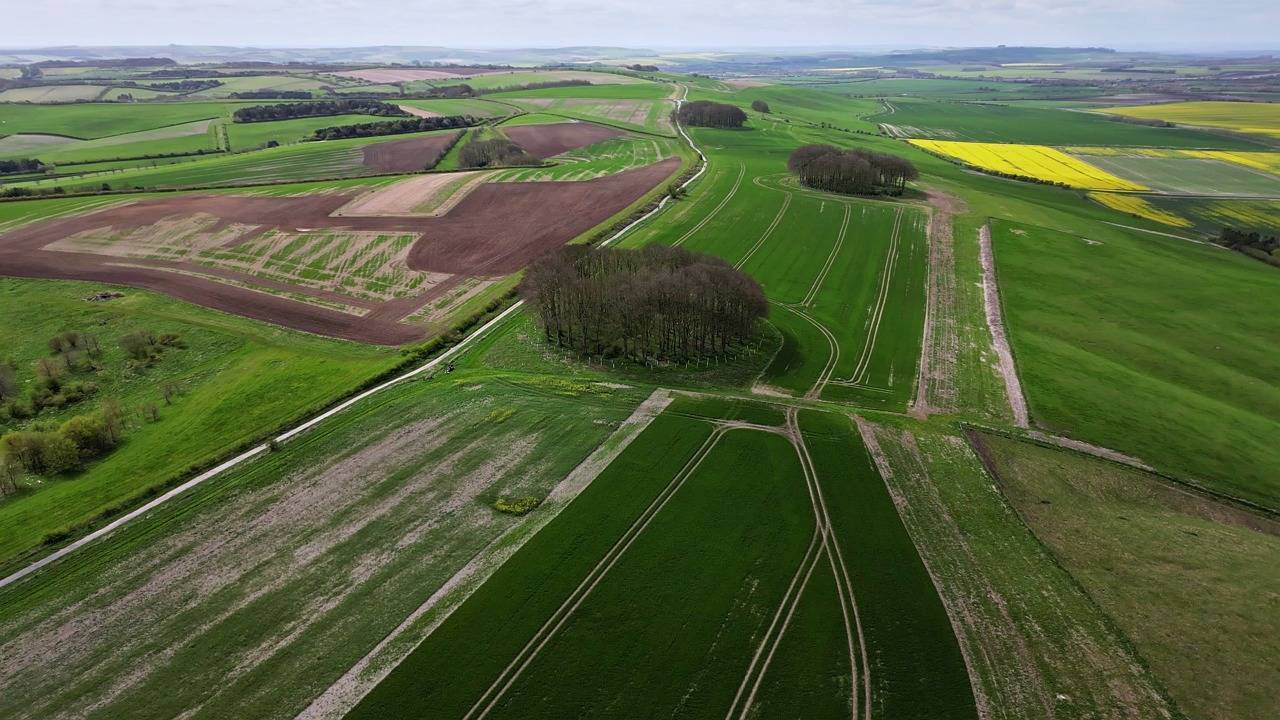

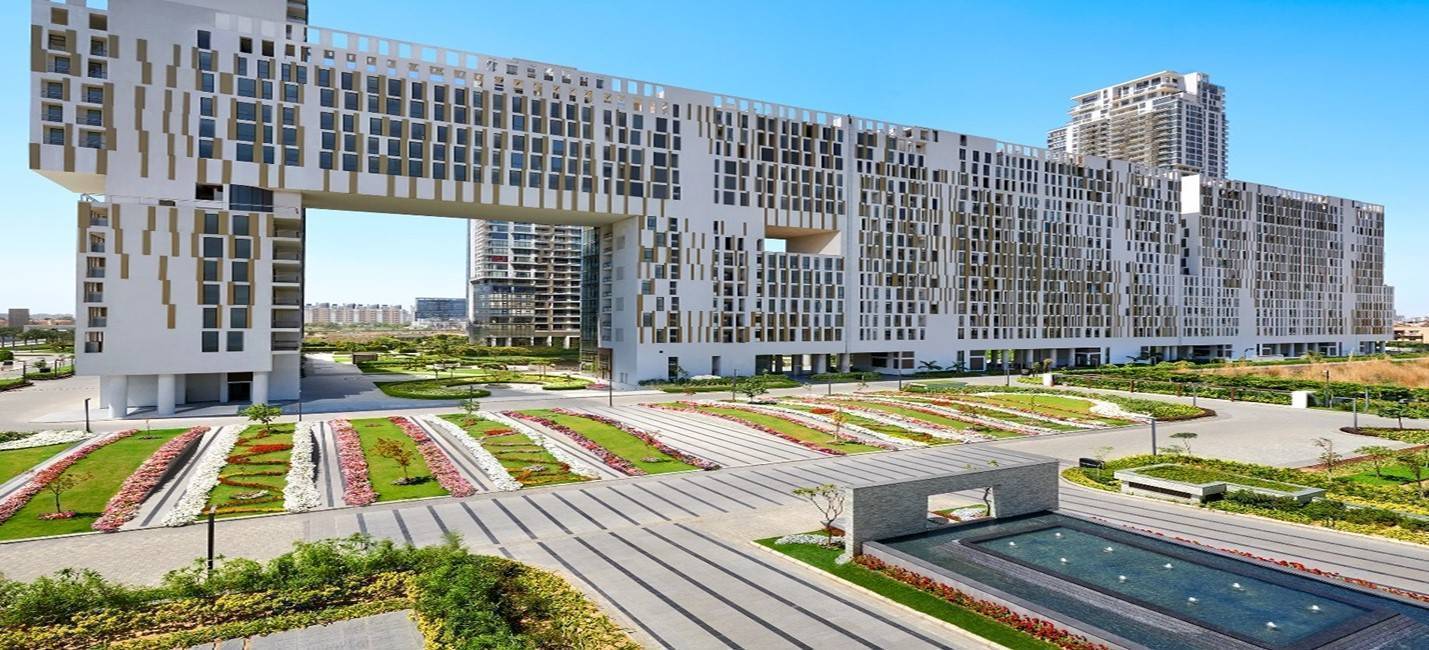
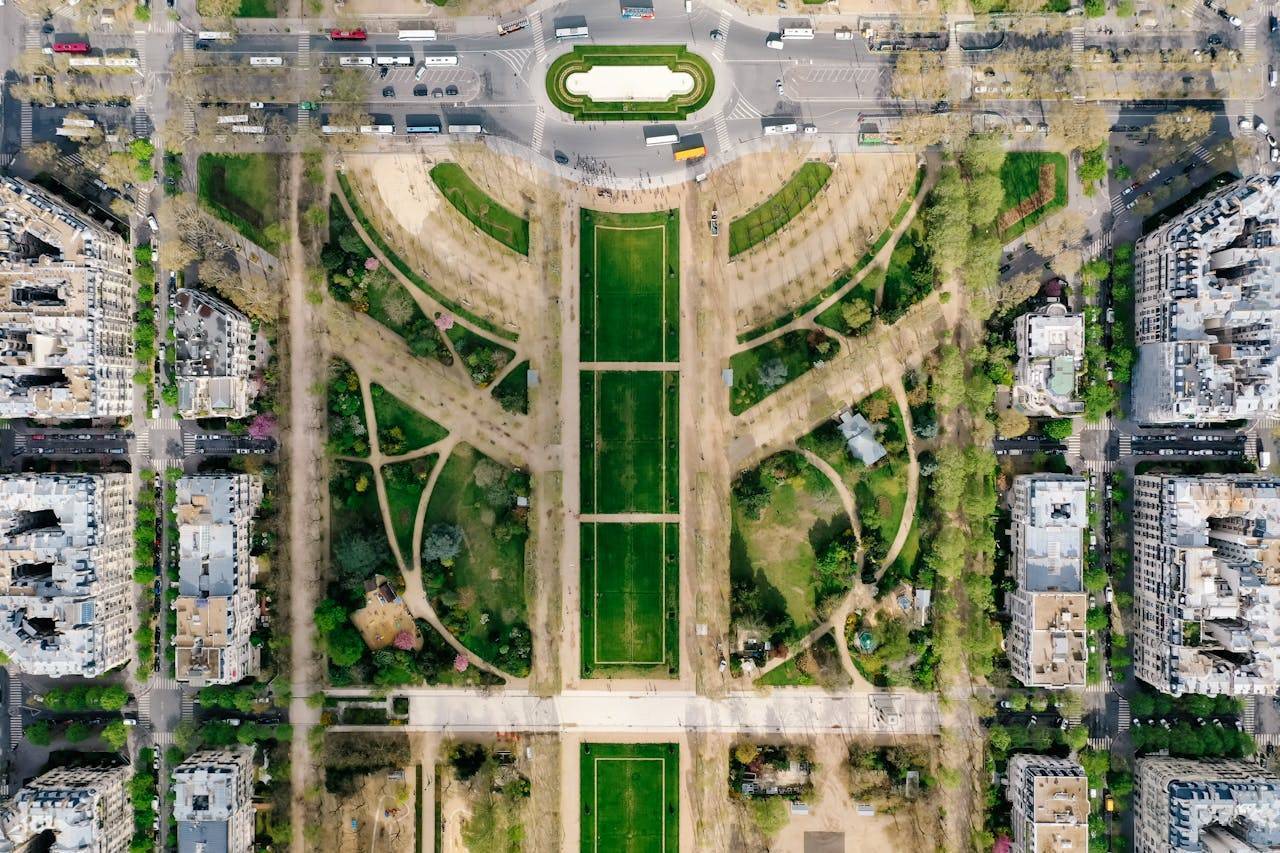

.png)